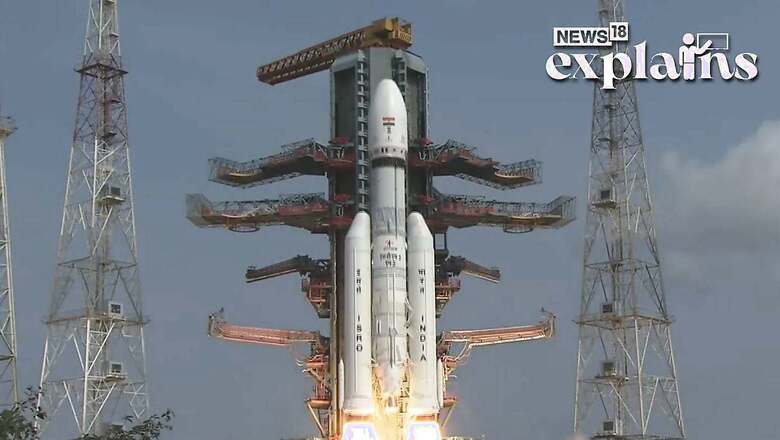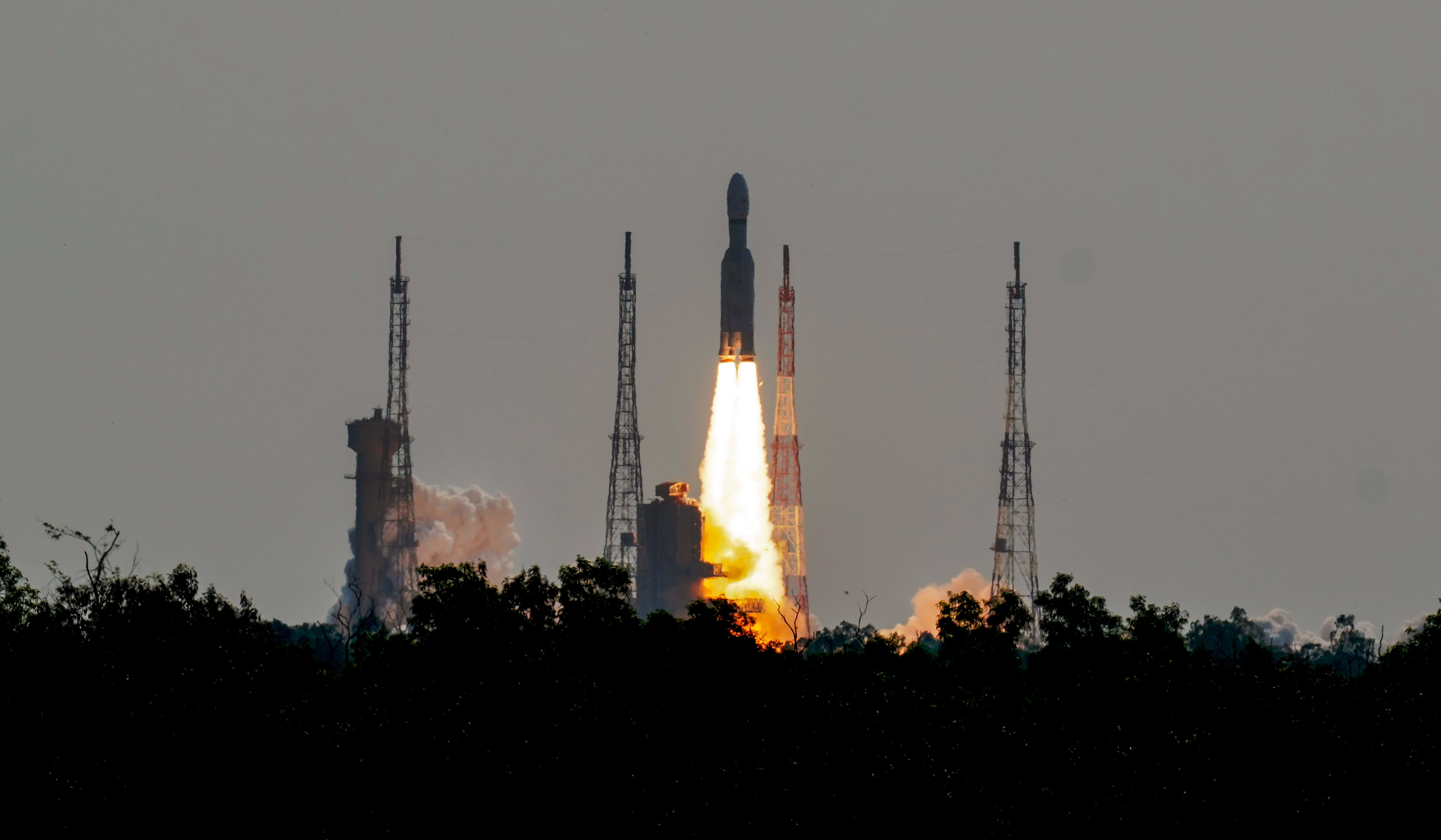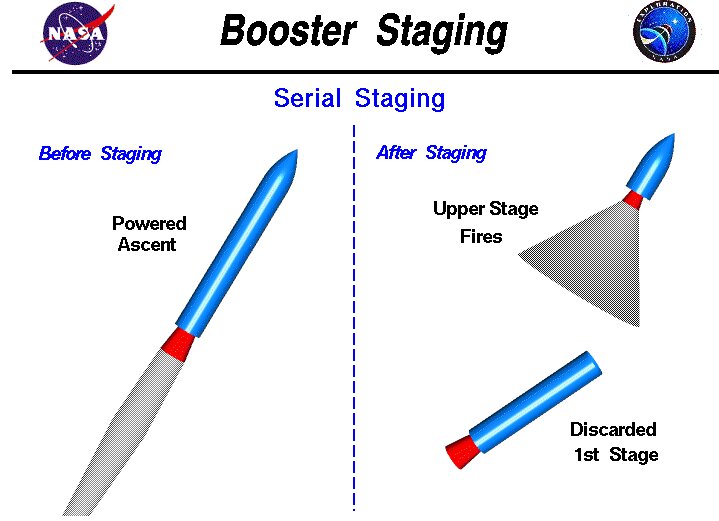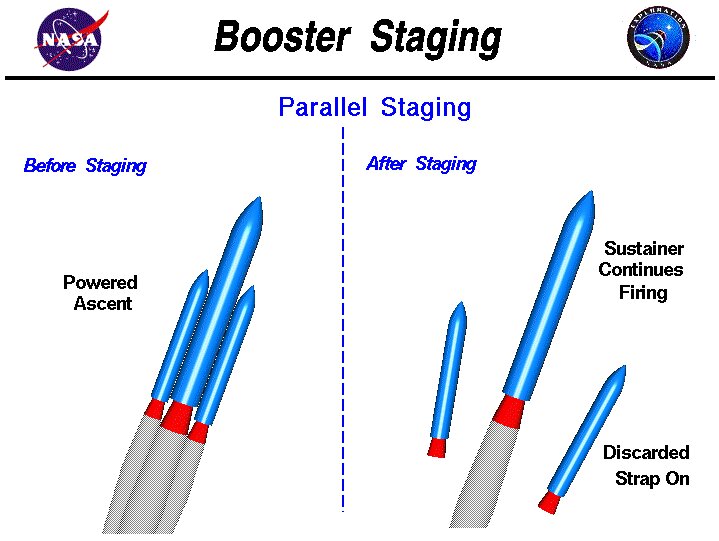ISRO Launches LVM3 Rocket With 36 Satellites, But What Does it Mean? The Scientific Terms Simplified

views
ISRO’s heaviest rocket LVM3 carrying 36 satellites belonging to UK-based OneWeb Group lifted off from this space port on Sunday. The second dedicated mission for NewSpace India Ltd, the commercial arm of Indian Space Research Organisation is part of the agreement signed with Network Access Associates Ltd, United Kingdom (OneWeb Group Company) for launch of 72 satellites into Low-Earth orbits(LEO). READ MORE
#ISRO launches India’s largest LVM3 rocket carrying 36 satellites, which lifted off from Satish Dhawan Space Centre in #Sriharikota todayhttps://t.co/5YWiqwX0rI pic.twitter.com/Cz5W8HlJ2E— News18 (@CNNnews18) March 26, 2023
The first set of 36 satellites of OneWeb Group company was launched on October 23, 2022 by ISRO.
Amid the launch, let’s unravel some of the scientific terms used here:
First, What are Low Earth Orbit Satellites?
According to the European Space Agency, a low Earth orbit (LEO) is an orbit that is close to the Earth’s surface. It is generally less than 1,000 km above Earth, although it can be as low as 160 km above Earth, which is low in comparison to other orbits but still quite far over the Earth’s surface.
In comparison, most commercial jets do not travel at heights much higher than 14 km, so even the lowest LEO is more than ten times higher.
Unlike geostationary orbit (GEO) satellites, which must always orbit near the equator, LEO spacecraft do not always have to follow the same path around the Earth – their plane can be inclined. This means that satellites in LEO have more potential paths, which is one of the reasons why LEO is such a popular orbit.
Because of its close proximity to Earth, LEO is useful for a variety of reasons. It is the most widely utilised orbit for satellite photography since being close to the surface allows for greater resolution photographs, the report explains. It is also the orbit utilised by the International Space Station (ISS), as it allows astronauts to travel a shorter distance to and from it.
Satellites in this orbit travel at around 7.8 km per second; at this speed, a satellite takes approximately 90 minutes to circle Earth, implying that the International Space Station travels around Earth approximately 16 times per day. Individual LEO satellites, on the other hand, are less effective for services such as telecommunication since they move so quickly across the sky and so need a lot of effort to track from ground stations.
Instead, communications satellites in low-Earth orbit (LEO) sometimes operate as part of a huge combination, or constellation, of many satellites to provide continuous coverage.
Now, You Will be Able to Understand the Purpose of These Satellites Better
Bharti Enterprises is a major investor in OneWeb group, which is engaged in the implementation of the constellation of low earth satellites. It is a global communication network powered from space, enabling connectivity for governments and businesses.
The launch was the 18th for OneWeb Group company while for ISRO, it would be the second mission in 2023 after the successful launch of SSLV/D2-EOS07 mission undertaken in February.
With today’s mission, OneWeb would have 616 satellites in its fleet which would be more than enough to launch global services later this year.
A Space Collaboration
The mission marks OneWeb’s second satellite deployment from India, highlighting the collaboration between the United Kingdom and Indian space industries, OneWeb said.
Across India, OneWeb would bring secured solutions not only to enterprises but also to towns, villages, municipalities and schools including the hardest to reach areas across the country, the company said.
The first set of satellite separation (comprising four of the 36 satellites) is scheduled to take place around 20 minutes after lift-off. The remaining satellites are expected to be placed into the 450 km circular orbits in sometime.

The satellites after being placed into the low-earth orbits would be divided among 12 planes at an altitude of about 1,200 km from Earth’s surface. Each plane would be separated in an altitude by 4 km to prevent inter-plane collision, ISRO said.
This is the sixth flight of LVM3 which was earlier known as the Geosynchronous Satellite Launch Vehicle MkIII (GSLVMkIII) with a cryogenic upper stage. It had five consecutive missions including the Chandrayaan-2.
About LVM3
The Launch Vehicle Mark-3 (LVM3), also known as the Geosynchronous Satellite Launch Vehicle Mark III (GSLV Mk3), is a three-stage medium-lift launch vehicle designed by ISRO. It is primarily intended to launch communication satellites into geostationary orbit, but it will also conduct crewed flights as part of India’s Human Spaceflight Project, as reports. The payload capacity of the GSLV Mk III is greater than that of its predecessor, the GSLV Mk II.
Following multiple delays and a sub-orbital test flight on 18 December 2014, ISRO successfully completed the maiden orbital test launch of the GSLV Mk III from the Satish Dhawan Space Centre on 5 June 2017.
It is a three-stage launch vehicle with two solid propellant S200 strap-ons on each side and a core stage with an L110 liquid stage and a C25 cryogenic stage.
Among the satellites achievements are being able to handle several satellite separation events, increased nominal mission duration, increased safe separation distance, ensuring data availability for the duration of the mission,
development of a novel payload adaptor and interface ring for satellite dispensers.
Let’s unravel some of these jargons more:
What is a Launch Vehicle?
A launch vehicle is typically a rocket-powered vehicle and is designed to transport a payload (spacecraft or satellites) from the Earth’s surface to outer space. The majority of launch vehicles are operated from a launch pad, which is supported by a launch control centre and systems such as vehicle assembly and fueling.
And Payload Capacity?
Payload capacity is the amount of weight a vehicle can carry.
What is Rocket Staging?
According to NASA, to overcome the weight of the rocket, all rockets utilise thrust provided by a propulsion system. The payload weight is only a small percentage of the lift-off weight for full-scale satellite launchers. The propellants account for the majority of the rocket’s weight.
As the propellants are consumed during powered ascent, a greater proportion of the vehicle’s weight is converted to the near-empty tankage and structure that was required when the spacecraft was fully loaded. Most launchers jettison a portion of the vehicle during the staging procedure to reduce the weight of the vehicle and attain orbital velocity. Rocket staging is classified into two types: serial and parallel.
Serial Staging
A small second stage rocket is mounted on top of a bigger first stage rocket in serial staging. The first stage is ignited during launch and continues to burn through the powered ascent until its propellants run out. The first stage engine is then turned off, the second stage separates from the first, and the second stage engine is turned on. The payload is sent into orbit atop the second stage.

Parallel Staging
The other kind of staging is known as parallel staging.

Many small initial stages are attached onto a central sustainer rocket in parallel staging. All of the engines are fired at launch. When the propellants in the strap-on rockets run out, the rockets are discarded. The sustainer engine continues to run, and the cargo is delivered into orbit atop the sustainer rocket. In the Space Shuttle, parallel staging is used. The expended solid rocket boosters are recovered from the ocean, re-fueled, and reused on the Shuttle.
With PTI inputs
Read all the Latest Explainers here




















Comments
0 comment